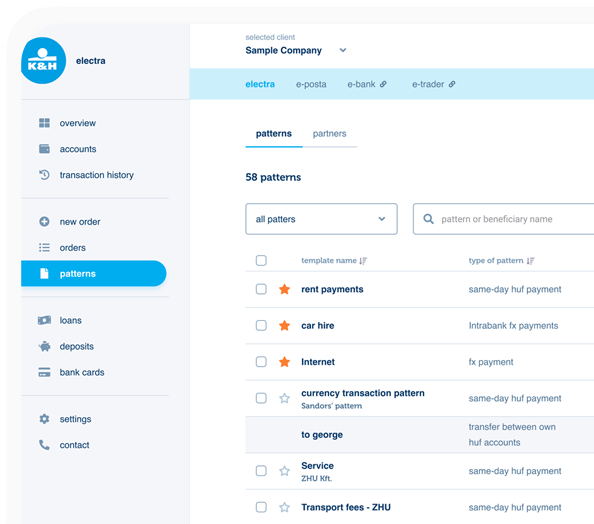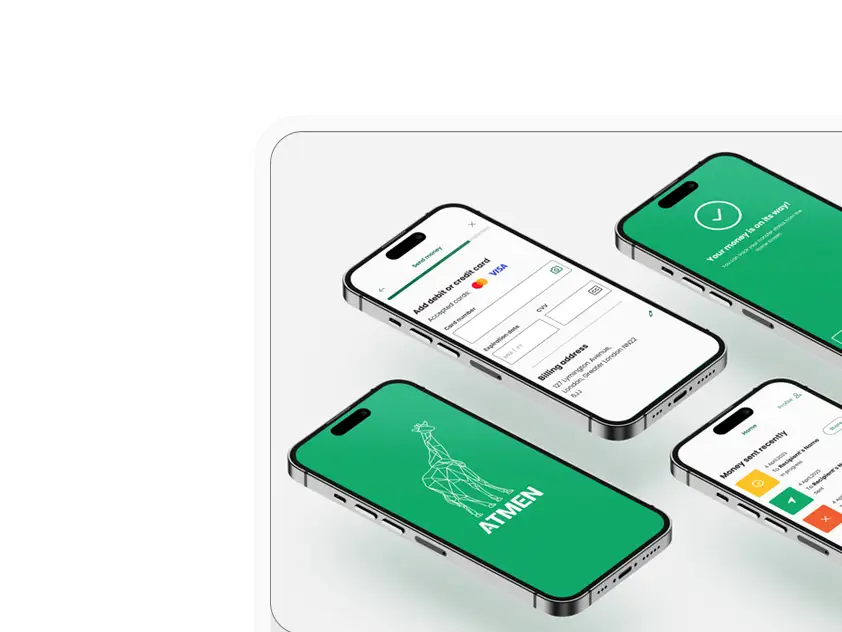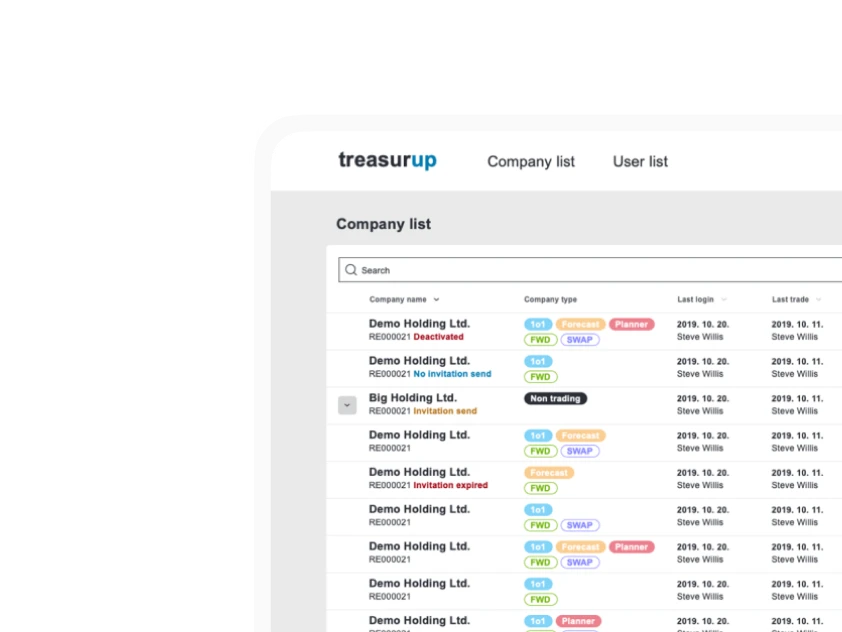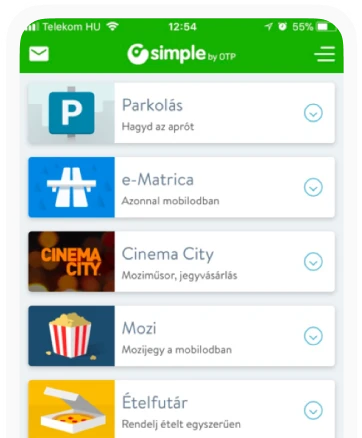Mental Model research
The essence of the Mental model
The mental model is created from units of thought because their cognition is essential for the later surface to be based on the mental models of users and not on the mental models of the owner or designer. The size of mental models lies in the fact that they capture the driving forces or desires behind a person’s typical behavior and are great for defining individual functions.
The concept of mental models is addressed in cognitive psychology. Our mental models are units of thought about the system that actually exists (reading process in the paper world, way of shopping in the polar convenience store), which also include phenomenon and connections.
A mental model is worth applying when the goal is to get to know the real thinking of the users and to develop based on that, since by exploring mental models, not only the product in question could be made more intuitive, but with the upcoming gap analysis (an operation to identify existing needs) we can even make new, useful improvements. These are the ones the users actually need, and we can take useless features out of an existing service.
The Mental Model at Ergomania
At Ergomania, we found that beyond the universal usability of the Mental Model, it remains valid for a long time, because people’s habits and daily routines do not change quickly, and on the other hand the model is able to make predictions about what new features may really be needed. In this way, we can trigger or replace the intuition and luck factor that comes so well in design.
Another great advantage of modeling is that we can map the information architecture and range of services of the product. This is where the value of data collection comes in and it clearly shows how the data can help us build a diverse, multi-level architecture. The beauty of the method is that the mental model is built almost by itself.
In our experience, the so-called content map, which groups existing and planned services / functions, must be built in parallel with the mental model.
The main methods of the Mental Model
In Ergomania’s practice the aim is first to identify possible tasks for a target group in a given situation and to explore cognitive schemes. The next step is to group tasks by behavior affinity, and then come to create and name group segments.
The next step is data collection, followed by the evaluation of the data, and then the grouping of tasks could begin, and finally we visualize our model and suggest functions and necessary content elements based on it.
The research process of mental models is structured as follows:
- Target group selection
- Brainstorming with several colleagues
- Classification of behavior based on affinity (behavior affinity)
- Creating and naming group segments (audience segments)
- Recruiting participants that fit into the group segments
- Data collection
- We define the framework and details of the research
- Conducting interviews
- Data evaluation
- Combing tasks from interviews
- Grouping tasks from bottom to top
- Creating task towers by pairing tasks,
- The creation of the highest level of the hierarchy, called mental spaces
- Finally, the visualization of our model.
What do our customers gain from the Mental Model?
A particular side benefit for our customers is that through the construction of a mental model they are getting closer to the problems and everyday lives of their users/potential users, understanding the logic of the connections between their thoughts, and thus becoming more empathetic to them, learning to see and think with the user’s eyes.
With mental models, we can suggest features and content elements that are really in need on the part of the user because mental model research is a well-thought-out method that can go a long way to making the user experience truly adventurous.
What is the role of our customers in the development of the Mental Model?
We need more information from our customers to create the Mental Model. We will need segmentation materials, surveys, and analytics, as well as providing the interviewees (and sites) involved in the survey. We also work together to create a functional circle based on mental model research.
The result of successful Mental Modeling
At the end of the process, a textual summary of the Mental Model is compiled which is then used in product development or design to create new functions that meet real needs.
- Information from client:Review of interview script, Segmentation materials, surveys, analytics
- Client cooperation:Providing participants (and a venue)
- Deliverables:Evaluation in the form of a presentation, Features that fit real life situations






